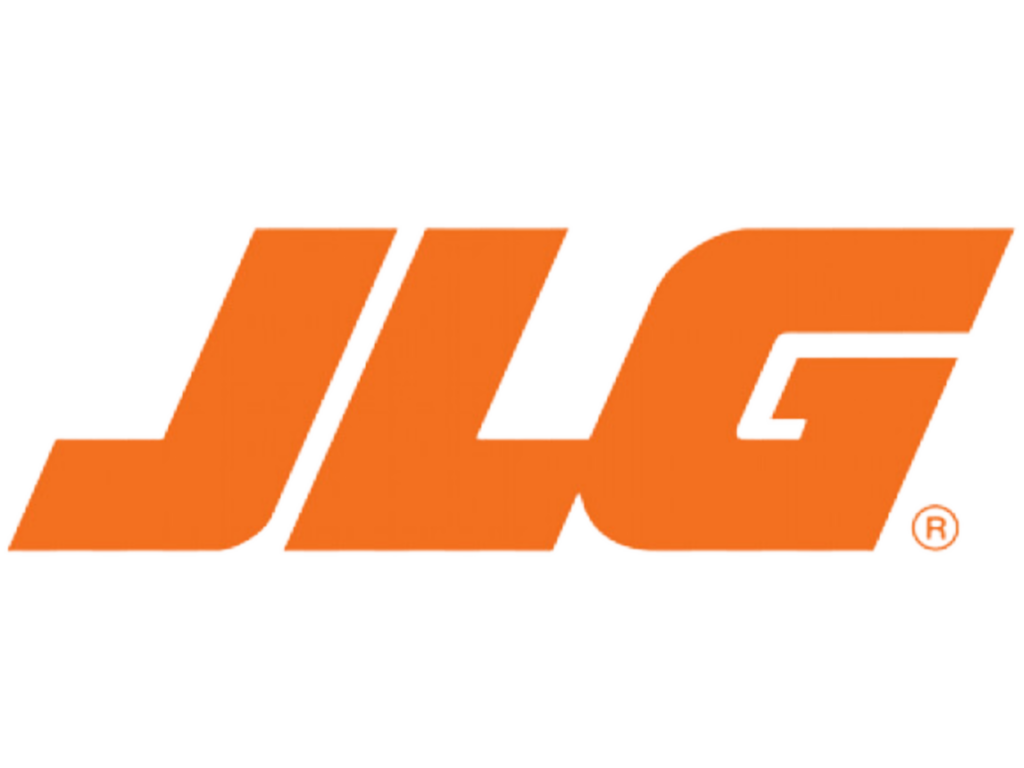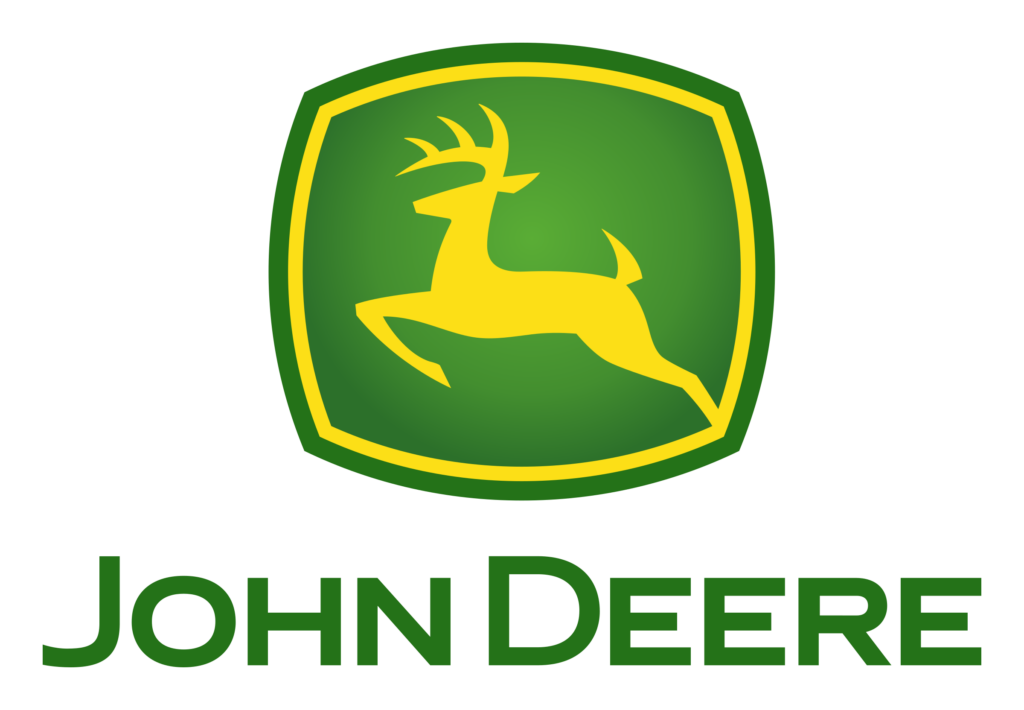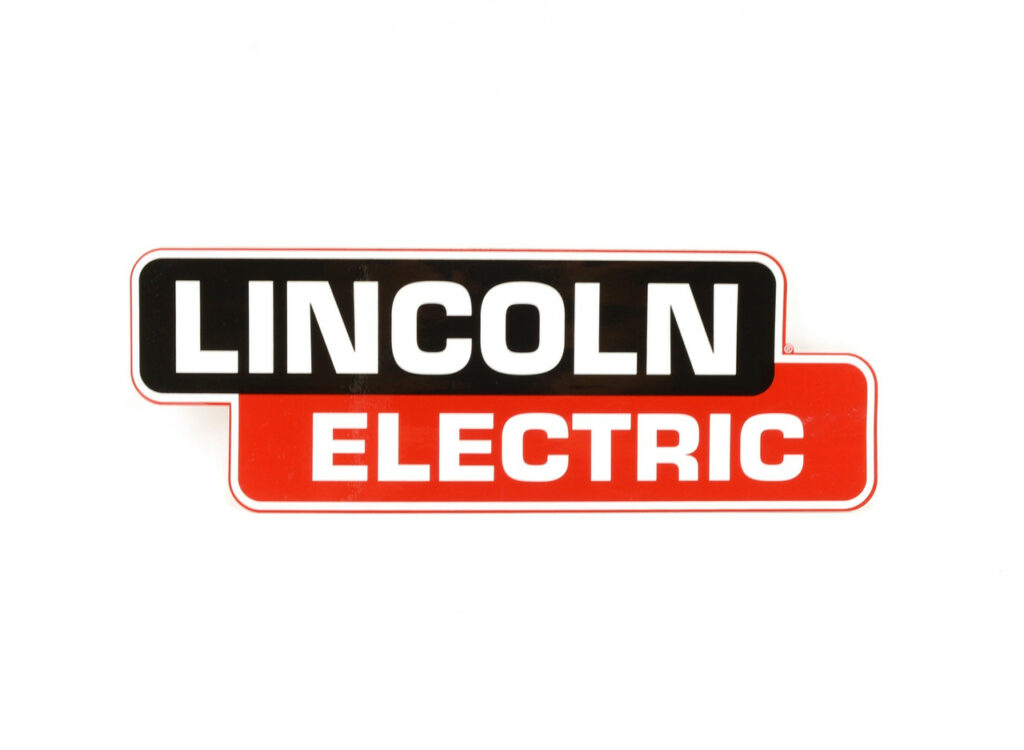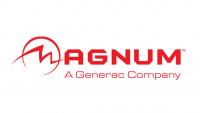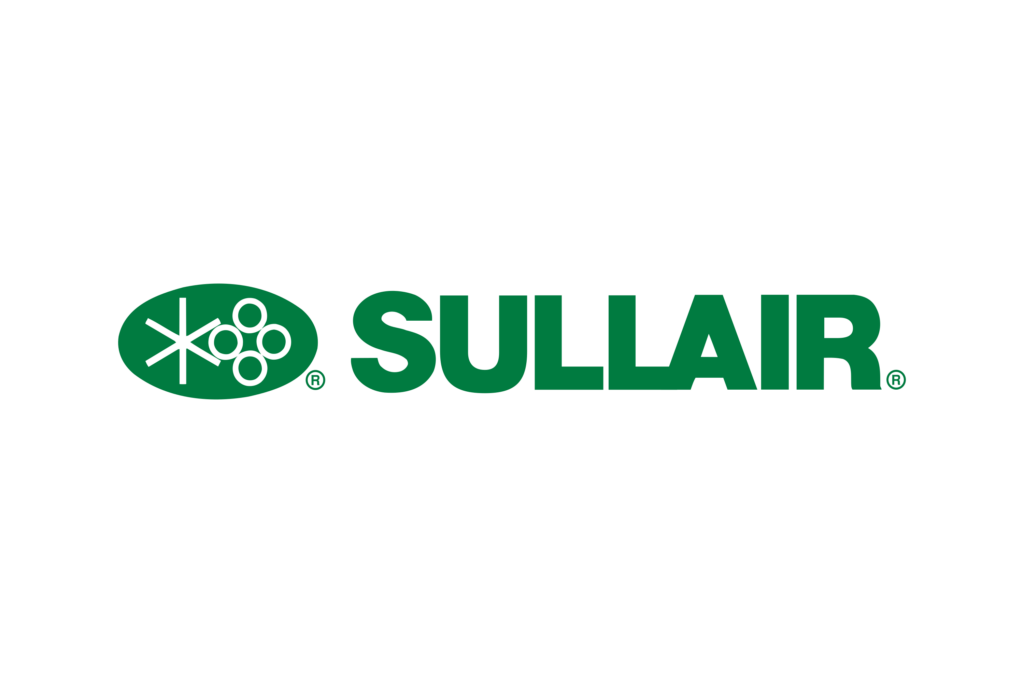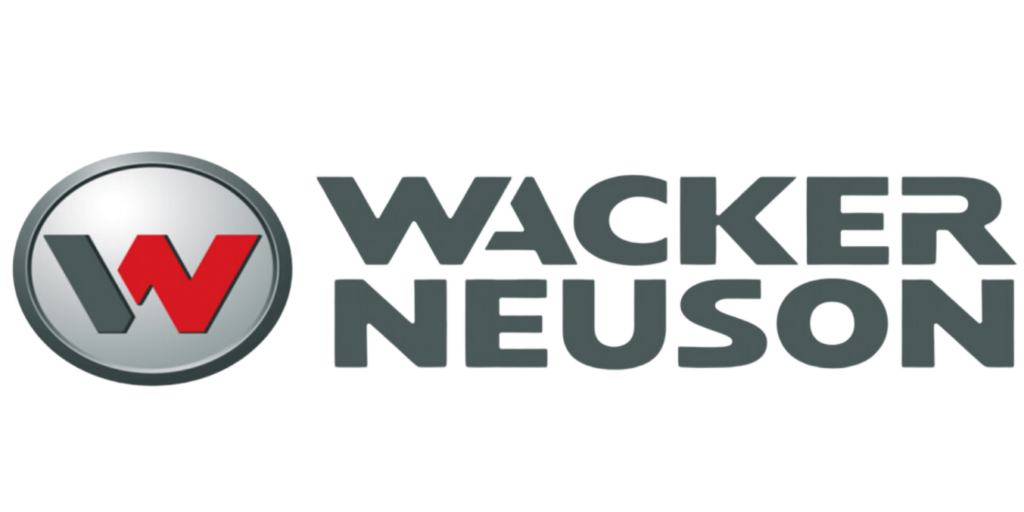Preparing Your Job Site for Equipment Rentals: Step-by-Step Checklist
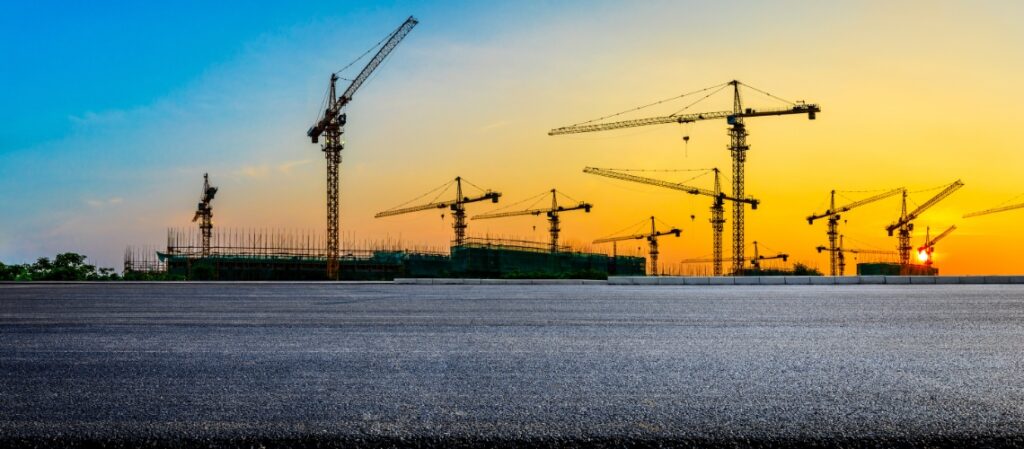
Renting equipment from a commercial & industrial equipment supplier like M.W. Rentals & Services, Inc. is a cost-effective way to get the job done right. However, a successful project starts with a well-prepared job site.
By following our step-by-step checklist, you can confirm that your job site is ready for the arrival of heavy machinery, helping to avoid delays, accidents, or costly mishaps.
- Assess Your Project Needs
Before renting any equipment, it’s essential to conduct a thorough assessment of your project’s needs. This involves identifying what kind of machinery is necessary for the job. Regardless of if you’re working with construction equipment rentals or more specialized tools, knowing the exact scope of your work is crucial to avoid unnecessary rentals or incompatible machinery.
Consider factors such as the size of the site, the nature of the terrain, and the expected project duration. For example, if your project involves lifting heavy loads or digging into rocky soil, you’ll need machinery specifically designed to handle those conditions. Working closely with your commercial & industrial equipment supplier can help you choose the most appropriate equipment for your job.
- Clear and Level the Job Site
Once you’ve identified the equipment you need, it’s time to prepare your job site. This involves clearing the area of any debris, tools, or obstacles that could impede the use of heavy machinery. Safety is a top priority, and an uncluttered site minimizes the risks of accidents.
Additionally, ensure the site is as level as possible. Uneven ground can make it difficult to safely operate large equipment like excavators, cranes, or forklifts. If you’re uncertain about the site’s level, consult your construction equipment rental provider to see if further preparation is required before delivery.
- Plan for Equipment Delivery
Having a delivery plan guarantees that everything runs smoothly once your rentals arrive. Confirm with your commercial & industrial equipment supplier the delivery dates and coordinate them with your project’s schedule. If you’re receiving multiple pieces of equipment, organize their arrival to avoid overcrowding or confusion on-site.
Further, designate areas for unloading and storing your equipment rentals. If space is limited, prioritize how to stage the equipment to prevent disruptions with ongoing operations.
- Improve Accessibility
Accessibility plays a key role in job site preparation. Verify that your site can accommodate heavy machinery. This includes preparing access roads and pathways to support the weight and size of the equipment. If your site has narrow or challenging areas, address these issues before delivery to avoid delays or damage to the machinery.
Also, inspect for overhead obstacles like power lines or tree branches that could obstruct equipment such as cranes or aerial lifts. Clear paths contribute to a safe and efficient work environment.
- Develop a Safety Plan
A comprehensive safety plan is crucial when working with heavy machinery. Before equipment arrives, gather your team to review and implement safety protocols for the equipment you’ll be renting. This includes personal protective equipment (PPE), communication methods (such as radios or hand signals for guiding machinery operators), and marked hazard zones.
Most importantly, confirm that everyone on the job site understands the proper operation of the rented equipment.
- Prepare Power and Utilities
Certain machinery, particularly diesel equipment, requires a steady power source or fuel. If you’re renting generators, pumps, or other heavy-duty equipment, verify that utilities are in place to support them. Double-check that power lines, fuel sources, or water supplies are set up and ready for use.
For larger projects, having backup systems, such as additional fuel or power sources, prevents work interruptions. Always clarify the equipment’s energy requirements with your rental provider before delivery.
- Assign Certified Operators
Heavy equipment is best managed by certified professionals. Assign trained operators for each piece of rented equipment, and verify they are familiar with the specific machinery and your job site conditions.
Certified operators not only help maximize productivity but also reduce the risk of equipment damage or safety incidents. For more specialized rentals like diesel equipment, having trained personnel can also assist with quick troubleshooting or simple diesel equipment repair services, avoiding unnecessary downtime.
Success with Equipment Rentals
Thorough preparation can save time, money, and stress when renting equipment from M.W. Rentals & Services, Inc. By following these steps—assessing your project needs, implementing safety measures, and maintaining good communication with your commercial & industrial equipment supplier—you’ll set the stage for a successful, efficient, and safe project.
Whether you’re renting construction machinery or specialized diesel equipment, being ready is key to keeping your project on track and within budget. Reach out to M.W. Rentals & Services, Inc. today to learn how our wide range of rentals & services can support your project’s needs!



